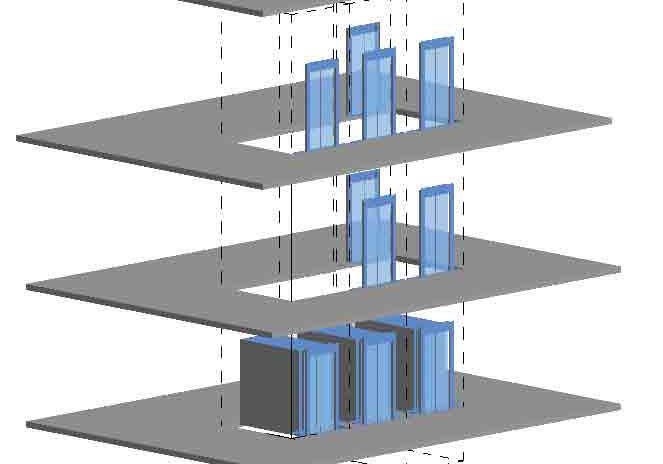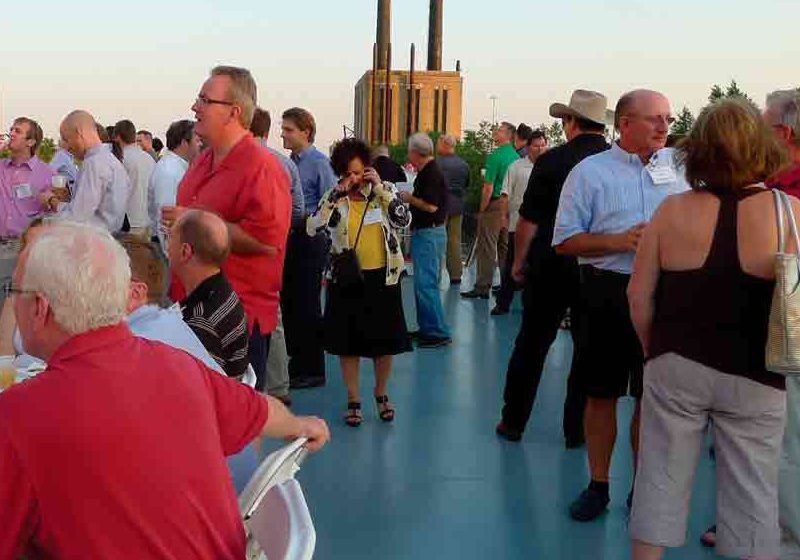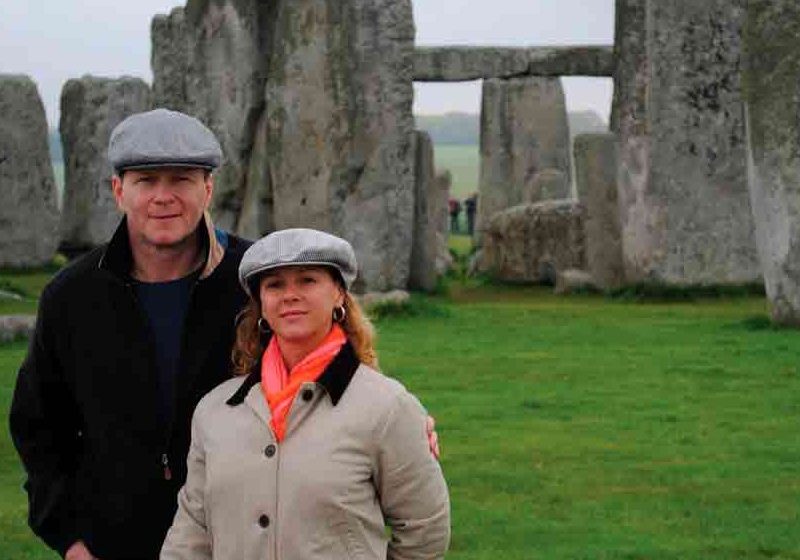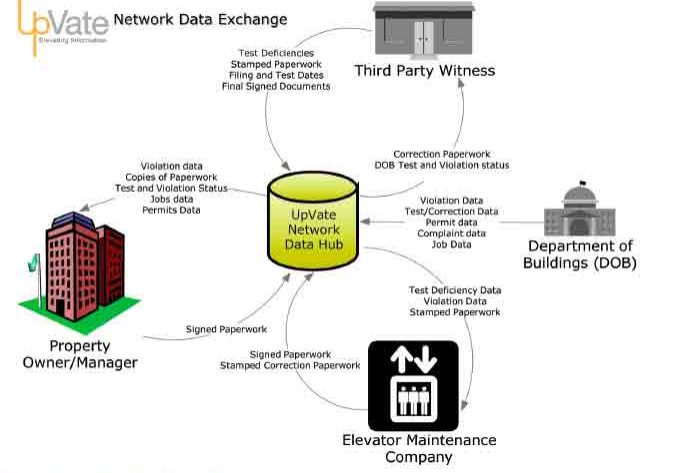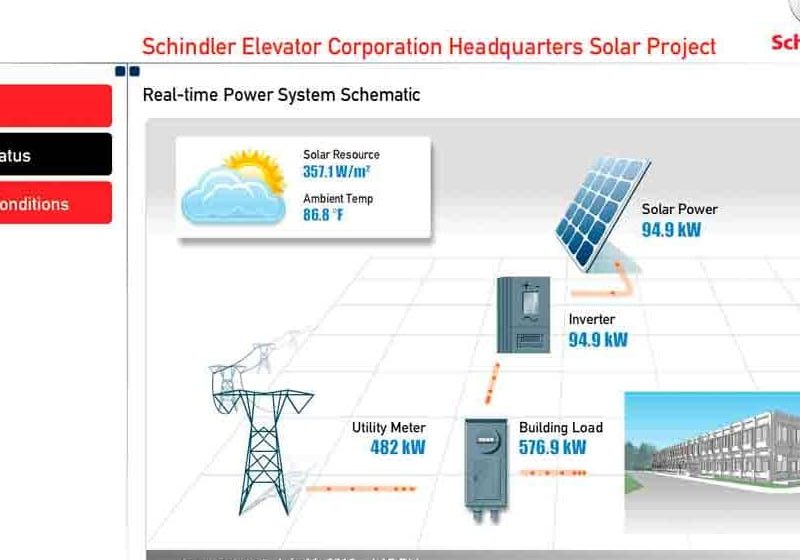Cultural Challenges to Elevatoring – Case Study India
Sep 1, 2012
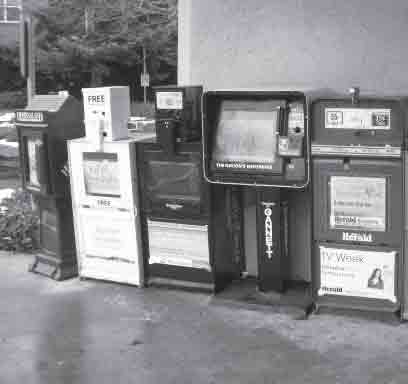
How elevatoring requirements are impacted by mobility and circulation patterns of people within buildings
by TAK Mathews and Nalini Raghavan
Abstract
The primary objective of elevatoring a building is to facilitate circulation and movement of people (and goods) within a building. To this end it is vital to understand why and how people need to move, which is largely dictated by their living habits. Living habits in turn are largely governed by the cultural background and societal influences.
This paper will contrast elevatoring norms prevalent internationally and the impact of cultures using living patterns in India as a case study. The paper will establish that the impact of variances in cultural nuances on elevatoring can be significant.
1. Introduction
Most elevatoring design assumptions and guidelines across the world have been derived from the experiences of designers in the USA and Great Britain. On the same lines, most designers today refer to Strakosch’s Vertical Transportation Handbook (reference 5), Barney’s Elevator Traffic Handbook (reference 1) or CIBSE Guide D (reference 2) to set out the design guidelines for their buildings. While these references normally set out excellent guidelines and are great reference documents, designers need to recognize that they do not elaborate on the cultural nuances and societal influences that might affect the elevatoring of a building. The “Sabbath Elevator” requirement and operation not getting mention in most reference sources probably best illustrates this fact.
This paper will explore how the living habits and societal influences affect overall elevatoring of a building. The main part of this paper will focus on comparing the norms set out by CIBSE Guide D for residential buildings to a typical apartment (the authors’ home) in Mumbai, India. The paper will also briefly explore life styles that impact hotels as well as touch on how the difference in commercial building types can impact elevatoring.
It is essential that readers recognize that cultural diversities and societal variances will exist even within a country or for that matter even within a city. It is also to be recognized that it is not the intent of this paper to establish guidelines for elevatoring.
2. Occupancy Patterns Of Residential Buildings
CIBSE Guide D chapter on traffic planning authored by Barney recommends the following population (refer table 1) for residential buildings. While Powell concurs with this occupancy factor, Strakosch recommends 1.5 to 1.75 people per bedroom in the uptown area to 1.75 to 2.0 people for a development area.
Strakosch’s ratio for the development area could be adapted to the luxury and normal residential building segment in India.
When it comes to the low-income segment in India, which normally would be one room and kitchen units, the ratio would be a function of whether the apartment building is a rehabilitation building or is that of predominantly first time homeowners. This owner profile would impact the density from 4 to 5 people per unit for the former and 1 to 3 people per unit for the latter. It is essential to keep in mind that some of the low-income one room units in the city of Bombay could cost as much as US$ 50,000. What is low income today could turn out to be very expensive real estate tomorrow.
To elaborate further, refer Table 2, which gives the occupation of the author’s apartment.
From the above, it could be inferred that other than for the low-income segment, the occupancy assumptions (if only the residents are being considered) if derived from the normal reference sources would not significantly impact the Designers’ recommendation.
Note: The authors’ office is 5 minutes from the apartment and therefore the commuting time is less. Many apartment owners in India would need to travel an hour or more to get to their place of work. This would impact the egress and ingress times. Further, people tend to put in more than eight hours in a working day. The authors’ children attend schools within a 5 minutes walking distance. This is not always the case and many children would leave their homes much earlier.
When elevatoring for an Indian residential building, this is where the similarity ends. An apartment building in India is a fairly complex organism. The traffic patterns would also indicate that Powell’s contention (reference 4) that a two-way traffic during a late afternoon is the heaviest for residential apartments would not necessarily apply to an apartment building in India.
3. Service Patterns
Households in India depend extensively on domestic help. Domestic help tends to be fairly specialized with different people being hired for different activities. Table 3 gives the domestic help employed at the authors’ apartment.
Households could also have live-in domestic help, which would add to the number of occupants. Households could employee nannies, full time nurses for the elderly etc. At the luxury end, the resident to service staff ratio could be as high as 1:4 or even more at the super luxury apartments (reference 3). Not considering this vast traffic whilst setting out the design assumptions would leave the building grossly under elevatored.
While the service staff numbers add to the elevator population, some of the service processes in an Indian apartment building tend to increase the complexity and is detailed below.
Chauffeurs and car cleaners: 30% to 90% of cars in India could be chauffer driven and even more so in the urban environment. A typical morning trip for a driver would be to go to the apartment to pick-up the keys and then immediately return to the parking floor. In the evening the process is reversed. Apartments at the luxury level would definitely have more than one car and driver.
Similarly cars are cleaned at least six times a week from the outside and twice to thrice a week from the inside. For cleaning the inside of the car, the car cleaner would need to make a trip up to the apartment to first pick-up the keys and then a trip again to return the keys to the apartment. While leaving the car key at the concierge’s desk could take the load off the elevators, owners are reluctant to do this.
Garbage Collection: Garbage collection follows the typical garbage truck process. The difference being that the collection route is vertical at an apartment building. The garbage collector (refer figure 1) would make his way to the top terminal floor and work his way down to each apartment, where the garbage would have been segregated and packed in plastic bags. The chances are that he will use the elevator, holding it at every floor. The building managers tend to schedule this activity to non-peak hours, but find it a challenge. Even where garbage chutes exist, the practice of garbage collection is likely to continue.
4. Procurement Of Every Day Necessities
Across many countries, procurement of sustenance is a trip to the local super market. Figure 2 is of such a shopping trip in the USA. This shopping trip might not significantly affect elevatoring.
In contrast, most of the items in the shopping cart would be delivered to the doorstep in India. While supermarket shopping is slowly creeping into urban lifestyles in India, it will still be a long time before people give up the convenience of home delivery. In fact many supermarket chains have had to provide home delivery services to compete with the local mom & pop stores who offer home delivery services.
Table 4 illustrates the typical deliveries that happen at the authors’ apartment.
Of the various deliveries, two of the deliveries have a higher impact on elevatoring and will be explored in detail.
Newspapers
Figure 3 is of newspaper vending machines in the US that would cater to most tall apartment buildings in the USA. This would have very little impact on the elevatoring of the building
In urban India most newspaper subscribers expect door delivery. Figure 4 is of a delivery boy with his distribution lot. Typically a newspaper delivery boy would take the elevator to the highest terminal floor and run down the staircase dropping off the newspapers at the doorstep of his various customers. In tall buildings, he would have no alternative but hold the elevator at each floor – no wonder that destination control elevators tend to upset these delivery boys.
This is complicated further as a single apartment building could have a number of newspaper delivery agencies. Some building managers have been trying to centralize the newspaper distribution. But then with over 80,000 registered newspapers including English, regional and international newspapers available across India, this is a complicated logistics problem.
Milk: Milk sourcing in India would depend on the 3 types. Milk in cartons as in figure 5 would be sourced from a super market or regular shop. Packaged milk as in figure 6 and fresh milk as in figure 7 are delivered to the doorstep.
Milk delivery tends to follow the newspaper process with more complications. By sheer weight of the load that he has to carry, the delivery boy turns to the elevator holding it at every floor. The variety of milk brands and types tend to make distribution a logical complexity in itself. While packaged milk can be left outside the doorstep, fresh milk requires the homeowner (or representative) to be open the door to receive the milk. This means that the delivery boy would need to make multiple trips to the same building depending on the time at which the owner wakes up. Again there could be a number of different delivery agencies meaning that multiple delivery boys could be visiting a building.
Home deliveries extend to regular supply of fresh bread and eggs (figure 8). Fresh vegetables can be ordered for delivery over the telephone. Home deliveries can extend to 10 cents worth of aspirin or to a couple of cans of chilled beer. Home delivery of food forms a major revenue source for standalone restaurants and chains like Dominos, Pizza Hut and Subway. Even McDonalds and KFC boost their business through home delivery. Home services also extend to laundry (figure 9). The famous “Dabbawallah”, which is typical to Bombay, also has an impact on elevatoring.
Some of the apartment owners are particular that the service staff and delivery boys will not have access to the main elevators (refer Figure 10). Designers need to identify the expectation early enough to ensure that the elevatoring is planned accordingly.
There are other cultural influences that can affect elevatoring decisions for a residential building. For instance a wedding in an Indian family is a festival of sorts and extends over a couple of days and can increase the elevator traffic significantly.
5. Other Building Types
The diversity of life style habits affects other building types as well. To illustrate this a few examples are reviewed.
Hotels:
CIBSE Guide D recommends 1.5 guests per room for a business hotel to 2.0 guests per room for a holiday hotel, which is more or less in line with Strakosch’s recommendation. This ratio would apply to most hotel chains (global or Indian) in India unless if it were predominantly a banquet (meaning wedding) hotel in which case the ratios could dramatically change.
It is again in the service area, that international norms for hotels tend to vary from the requirements in India.
For instance, bellboy service in India is at a level higher than many other countries. It is not uncommon that a bellboy would deliver even a small travel bag to your room – it is not on account of the guest’s expectation but the level of service the hotel tries to provide. Figure 11 shows a bellboy having taken control of a standard check-in and laptop bag at an international chain. This would add to elevator trips.
Culinary habits too have an impact. A “true” cup of chai or Indian masala tea (refer figure 11), the standard morning wake-up beverage for most Indians, cannot be made using a tea bag. Indian guests also are inclined to have their dinner in the privacy of their rooms. The room service trips in India will be higher than in many other countries, which will have an impact on the elevatoring.
Many prominent hotels in India while great on elevatoring for guests fall short on the adequacy of elevators for service.
Commercial Buildings:
CIBSE Guide D recommends a range of 8 m2 to 14 m2 per person for office buildings, which is roughly within the ranges suggested by Strakosch. These ratios could be extended to Indian buildings unless the building is a low-end office building.
However these ratios would not apply to software programming units or call centres. In addition to the fact that the population density would be higher, the peak movement patterns of call centres occur during a shift change. Depending on the countries that are being serviced by the call centre the peak traffic patterns could be experienced 24×7.
6. Pitfalls Of Cultural Typecasting
While research material and books are available detailing cultural backgrounds and living habits, it is essential to verify accuracy and understand reality. For instance the paper titled Elevatoring parameters consideration to Middle East / South Asia (Reference 6), refers to car loading of 90% happening normally in India with a suggestion that given the opportunity people would travel on top of elevators. It should have been obvious that people tend to over crowd elevators because of inadequate elevatoring and not to develop close bonds as suggested by the author. Designing to norms or standards suggested by the author would leave the building under-elevatored not only in India but also almost anywhere in the world.
Historically the occupants of older buildings might have accepted inadequate elevatoring due to circumstances. It will be foolhardy to expect that the occupant tolerance will be extended to newer buildings.
7. Conclusions
Elevatoring is all about facilitating mobility and circulation of people (and goods) within buildings. Mobility and circulation patterns in turn are dictated by culture and living habits. Evidently elevatoring requirements are impacted greatly by these aspects.
Designers need to recognize and clearly understand the cultural nuances and living habits that directly or indirectly affect the elevatoring needs of the occupants of the buildings. While international norms or project references are good guidelines, the final elevatoring solution has to be tuned to the need of the user.

Figure 1: Garbage Collector 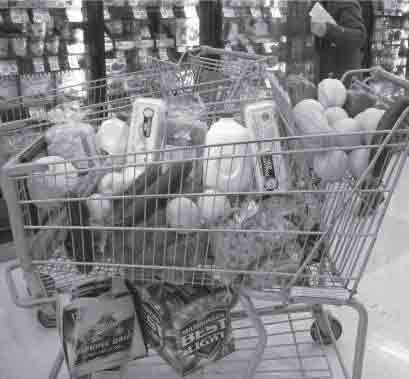
Figure 2: Shopping Cart, Seattle 
Figure 4: Newspaper delivery boy, Bombay 
Figure 5: Carton Milk 
Figure 6: Packaged Milk 
Figure 7: Fresh Milk 
Figure 8: Egg & Bread Delivery, Bombay 
Figure 9: Laundry Boy, Bombay 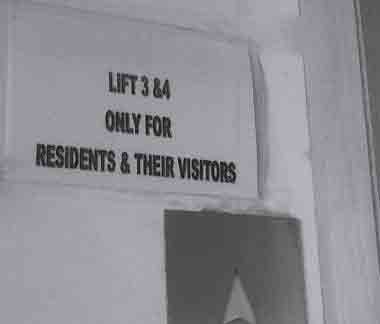
Figure 10: Elevator Notice, Bombay 
Figure 11: Four Seasons Bellboy 
Figure 12: Masala Chai 
Table 1: Occupancy factors for residential buildings (CIBSE Guide D: 2010) 
Table 2: Residents / 3 Bedroom Normal Segment 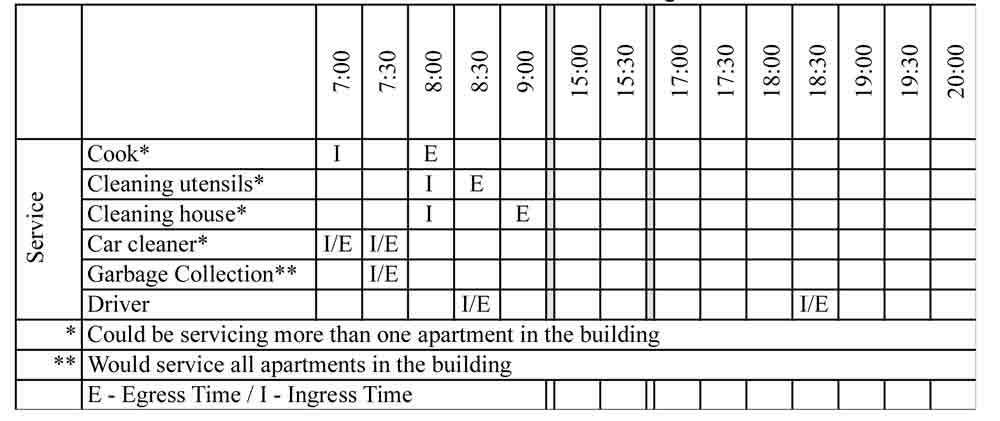
Table 3: Service / 3 Bed room Normal Segment 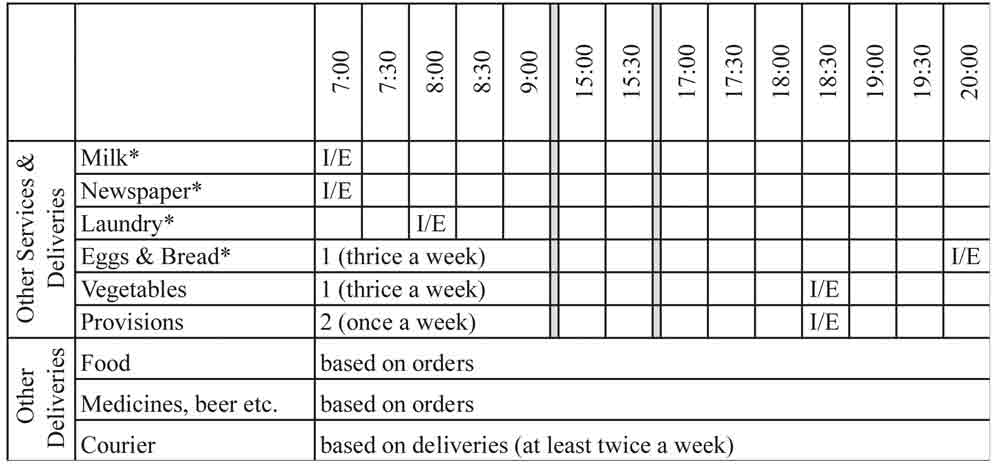
Table 4: Deliveries / 3 Bed room Normal Segment
REFERENCES
Barney Gina (2003) Elevator Traffic Handbook Theory and Practice, Spon Press, London
CIBSE Guide D: 2010 Transportation systems in Buildings, Chartered Institution of Building Services Engineers, Great Britain
Mathews TAK and Raghavan Nalini (2007) Vertical Transportation Configuration – Design Approach and Traffic Analysis Theory, Journal of the Indian Institute of Engineers, Volume 88, April 2007, India
Powell Bruce A (2008) An Alternate Approach to Traffic Analysis for Residential Buildings, Elevator Technology 17, Proceedings of Elevcon 2008, International Association of Elevator Engineers
Strakosch George R and Caporale Robert S (2010) The Vertical Transportation Handbook, John Wiley & Sons, New York
Venkatraman Rajah (2010) Elevatoring parameters consideration to Middle East / South Asia Elevator Technology 18, Proceedings of Elevcon 2010, International Association of Elevator Engineers pp. 319 & 320
Get more of Elevator World. Sign up for our free e-newsletter.





